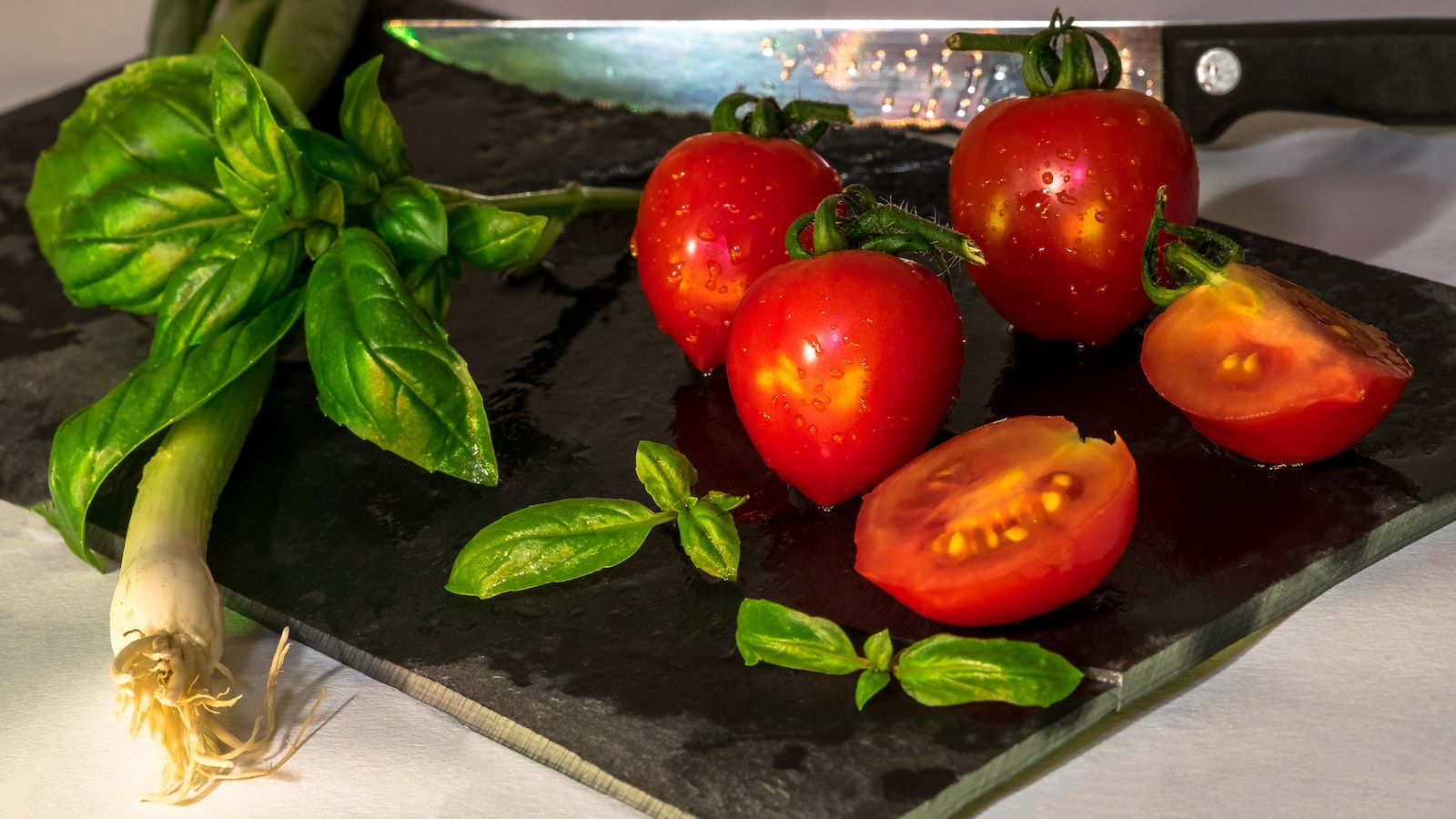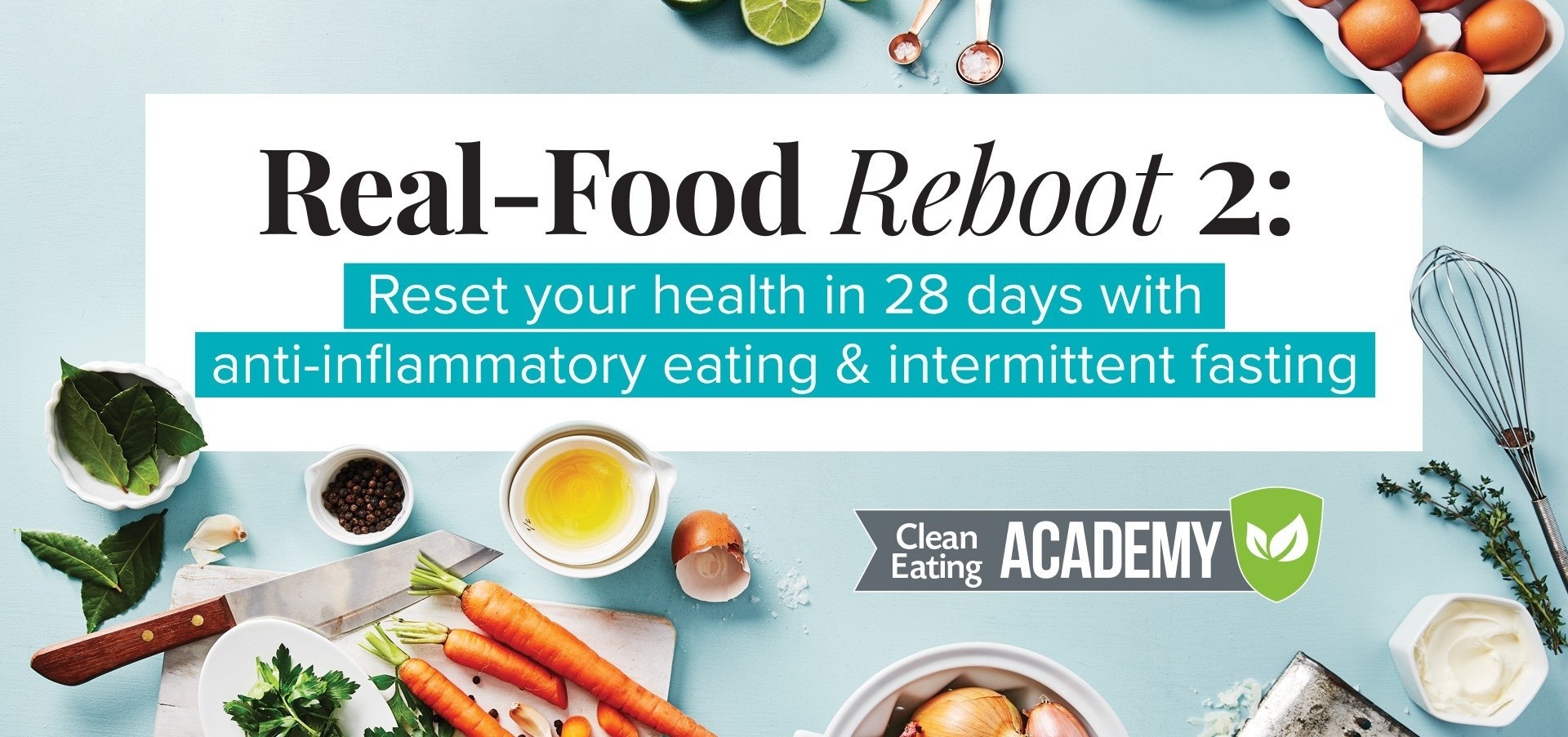The low-carb diet has been gaining immense popularity over the past few years, as more and more people look for a healthy way to lose weight and maintain a healthy lifestyle. But what if you don’t want to completely give up eating carbs? Good news! You don’t have to. Vegetables can be used as a delicious and filling alternative to traditional grains and processed carbs. So why not prepare low-carb meals with veggies at the starring role, and rescue yourself from the daily hassle of complicated dieting? Read on to find out how.
1. for Optimal Health
No matter your dietary preference—high-carb, low-carb or anything in between—it pays to eat your veggies. But opting for the low-carb route offers numerous health benefits your other choices can’t supply. What’s more, with the right vegetables on your plate, it can be both delicious and nutrient-packed. By the end of this post, you’ll have a better understanding of why low-carb eating is good for you and a long list of favorite veggies to get you started.
Veggies are Low-Carb Wonders
As with any healthy eating plan, the cornerstone of low-carb eating is veggies. Generally speaking, most veggies are naturally low in carbohydrates, with the exception of a few such as corn, potatoes and yams. Making sure your plate is full of these nutrient-rich delights will ensure you get enough carbs—without the high levels present in sugary grains, dairy and legumes.
The Benefits of Low-Carb Eating
Choosing the low-carb route means you’ll snack on veggies like cauliflower, zucchini, cucumber, peppers and tomatoes, preventing the spiking of your blood sugar and resulting insulin response. Other delicious options include onions, eggplant, mushrooms and spinach. All promise not just crunchy satisfaction to your tastebuds, but also an assortment of health benefits:
- Weight Control
- Lower Blood Sugars
- Improved Cholesterol Levels
- Enhanced Cognitive Performance
It doesn’t take long to see why munching on low-carb veggies is a smart choice for overall health.

2. What Are the Benefits of a Low-Carb Diet?
If you’re looking for ways to lose weight, lower your blood pressure, and improve your overall health, a low-carb diet could be the answer. There is a wide range of potential benefits, so let’s explore how you can take advantage.
Improved Blood Sugar Control
One of the main benefits of reducing the amount of carbohydrates in your diet is better control of your blood sugar. Eating too many carbs causes your blood sugar to spike, putting your body under stress and potentially leading to health problems. Lowering your sugar intake can prevent these spikes, resulting in more consistent blood sugar levels.
Healthy Weight Loss
A low-carb diet encourages you to fill up on more nutrient-dense foods and limit calorie-dense, sugary, and greasy carbs. This helps you to easily restrict the number of calories you’re eating, leading to healthy and sustainable weight loss.
Long-Term Health Benefits
A low-carb diet can reduce inflammation in your body, improve cholesterol levels, and reduce your risk of metabolic syndromes and heart disease. It can also help keep your hormones in balance, minimize your hunger, and regulate your digestion.
- Reduced inflammation
- Improved cholesterol levels
- Regulated hormones and digestion
- Reduced risk of heart disease

3. Finding Delicious Low-Carb Veggie Meals
Carbs play an important role in a healthy diet, and some of us just don’t care for them! We all know veggies are a great source of nutrition, so here are some simple, delicious low-carb veggie meals to enjoy:
1. Hot Spinach Chickpea and Avocado Bowl
This bowl is filled with all kinds of deliciousness! Head down to the local farmer’s market and grab your favorite dark greens, bell peppers, chickpeas, and avocado. Mix the ingredients together in a pan with your favorite spices and you’ve got a satisfyingly crunchy meal in no time.
2. Cauliflower Rice Burrito Bowl
For all the Burrito fans out there, this one’s for you. Swap actual rice for cauliflower, and add on your favorite light vegetables and toppings. Add some avocado or non-dairy cheese for a delicious and healthy meal that won’t leave you feeling sluggish afterwards.
3. Grilled Veggie Skewers
Put those summer grills to work! Perfectly charred vegetables can be a real treat. Pick your favorites–maybe mushrooms, capsicum, cherry tomatoes, zucchini–and skewer them up. Add your favorite marinade for a tasty treat that’s easy to pull together.
You don’t have to feel guilty about going carb-free when it comes to your veggies. Fortunately, there are plenty of low-carb veggie meals that are healthy, energizing, and oh so tasty!
4. A Seedling Revolution: Gardening for Low-Carb Veggies
If you’re looking to watch your carb and sugar intake, it may seem like you might have to wave goodbye to vegetables as part of your diet. But did you know there is a way around this, and that’s through growing your own low-carb veggies, thanks to the new seedling revolution?
You can now get hold of special seedlings from your local farmers’ market and gardening stores, which are optimized to grow vegetables with lower-carb count than traditionally available on the store shelves. This means you can have a steady supply of food to hand, without having to worry about carbohydrates.
The vegetables you can grow vary, and with a little bit of knowledge and guidance you can pick the right plants for you. For example:
- Celery, for a low-carb snack
- Eggplant, for a delicious low-carb side dish
- Tomatoes, for a nutritious addition to your sandwiches
- Radishes, for a flavorful addition to salads
These low-carb veggies are perfect for anyone looking to make changes to their diet, and are a great way to get the veggie nutrients and vitamins without the carb load.
5. Ways to Fit Low-Carb Veggies into Your Meal Plan
Low-carb vegetables do not contain much or any starches, sugars, or other carbohydrates. These types of vegetables can be an important part of a healthy lifestyle, and adding them to your meal plan can help you meet your nutritional needs. Here are five ways to make low-carb veggies a regular part of your diet.
1. Blend Them Up in Smoothies and Soups: Low-carb vegetables, such as cauliflower, broccoli, and kale, can be used to make delicious soups or smoothies. To make a quick and easy soup, blend together your favorite low-carb veggies with broth and seasonings. For a fruity smoothie, blend together cauliflower and fruits like strawberries and blueberries.
2. Add Them to Casseroles: Chopping up low-carb veggies like bell peppers and mushrooms and adding them to a tasty casserole is a great way to add flavor and nutrition to your meals. When combined with proteins like chicken or turkey, these veggies can create a complete meal that your whole family will enjoy.
3. Jazz Up Salads: Salads are an ideal way to enjoy low-carb veggies in a healthy and tasty way. Try adding raw bell peppers, mushrooms, cucumbers, and other types of low-carb veggies to a bed of fresh greens for a nutritious and refreshing meal.
4. Use Them as Pizza Toppings: Pizza doesn’t have to be loaded with carbs for it to be delicious. Cover your dough with low-carb veggies like bell peppers, onions, and mushrooms, and you have a tasty and nutritious pizza without all the extra carbs.
5. Create Stuffed Peppers: Stuff your favorite low-carb vegetables, such as bell peppers, zucchini, or mushrooms with your choice of proteins and seasonings for a delicious and healthy entrée. These types of dishes are easy to throw together and can make an amazing weeknight meal.
6. Good-Bye Carbs, Hello Veggies!
It’s time to start making nutritious dietary choices. A typical western diet is filled with carbohydrates, such as pasta, white bread, and potatoes. Switch out these staple carbs for something green and leafy instead. Veggies are packed with valuable vitamins, minerals, and antioxidants, and they help boost overall health. Here are some cool ways to start adding them into everyday life.
- Soups and Salads: A tasty garden-fresh salad makes an excellent side dish. Load it up with loads of veggies, including shredded carrots, broccoli, mushrooms, bell peppers, and alfalfa sprouts. Thinly slice a few zucchinis for crunch, and add a reduce-fat dressing. Soups are an easy way to include extra veggies, such as chunky vegetable soup with tomatoes, potatoes, beans, and spinach.
- Smoothies and Shakes: Get creative in the kitchen and make a delicious smoothie or shake. Simply blend together some almond milk, a frozen banana, and some fruits and veggies, such as blueberries, apples, spinach, and kale. You can also toss in a few goodies like chia seeds or flax meal.
- Veggie Burgers: Veggie burgers make a perfect substitute for regular hamburgers. Try out recipes featuring black beans, corn, cooked brown rice, mushrooms, and onion for some great flavors. You can grill them and enjoy on a whole-wheat bun with your favorite toppings.
Be adventurous and try out different types of veggies. Steamed artichoke, roasted squash, stewed okra, air-fried asparagus, and boiled cabbage are all fantastic alternatives to carbohydrate-dominated meals. Check out what’s in season and get creative with cooking up some truly delicious dishes!
We often think the answer to our dietary woes is a complicated one, but the best solution is often the simplest. Veggies are loaded with nutrients without all the extra accompaniments, leaving you feeling full without all the extra carbs and fat. Whether you’re a seasoned low-carb eater or just starting out, add more veggies to your plate! They just might be your saving grace.
